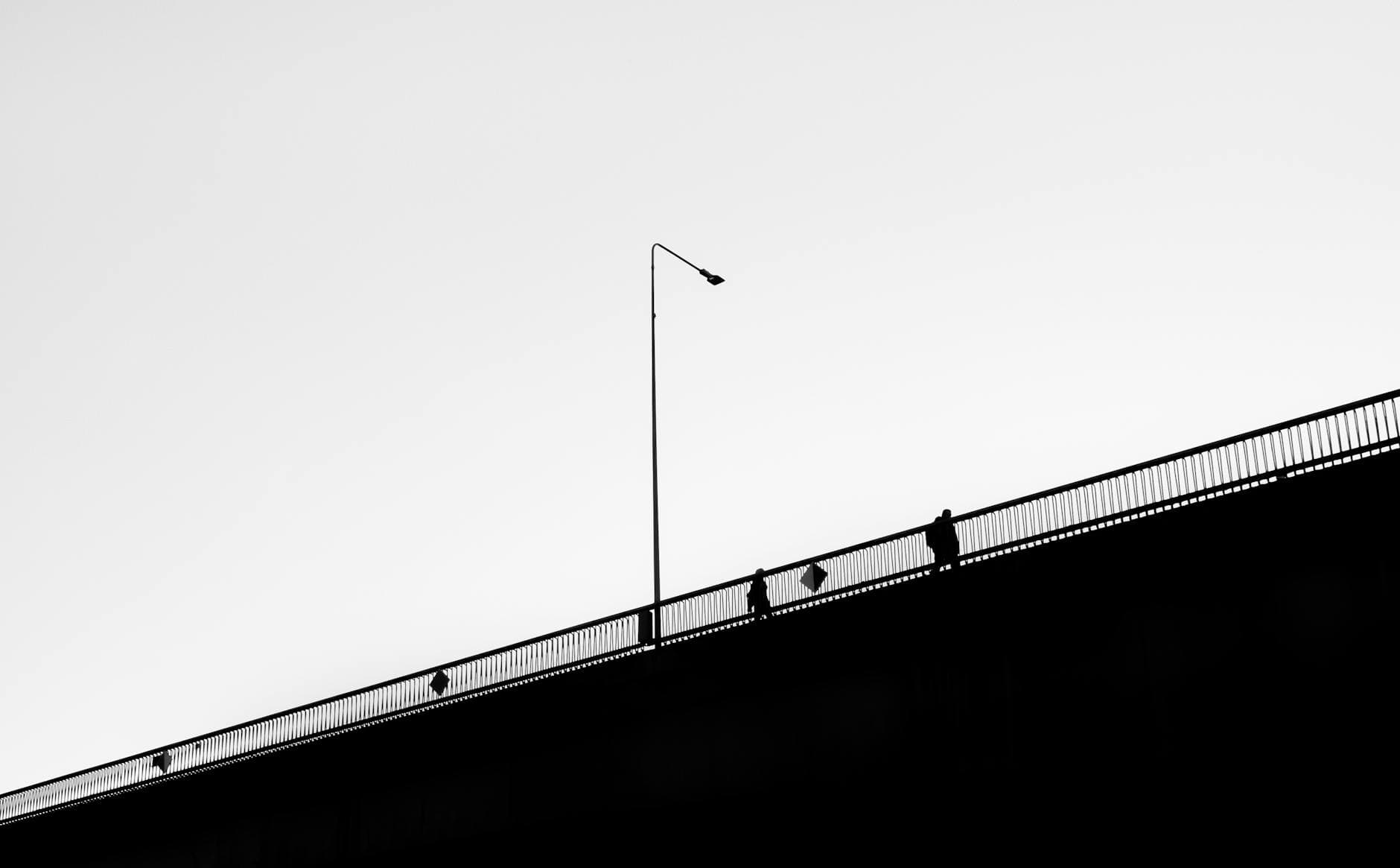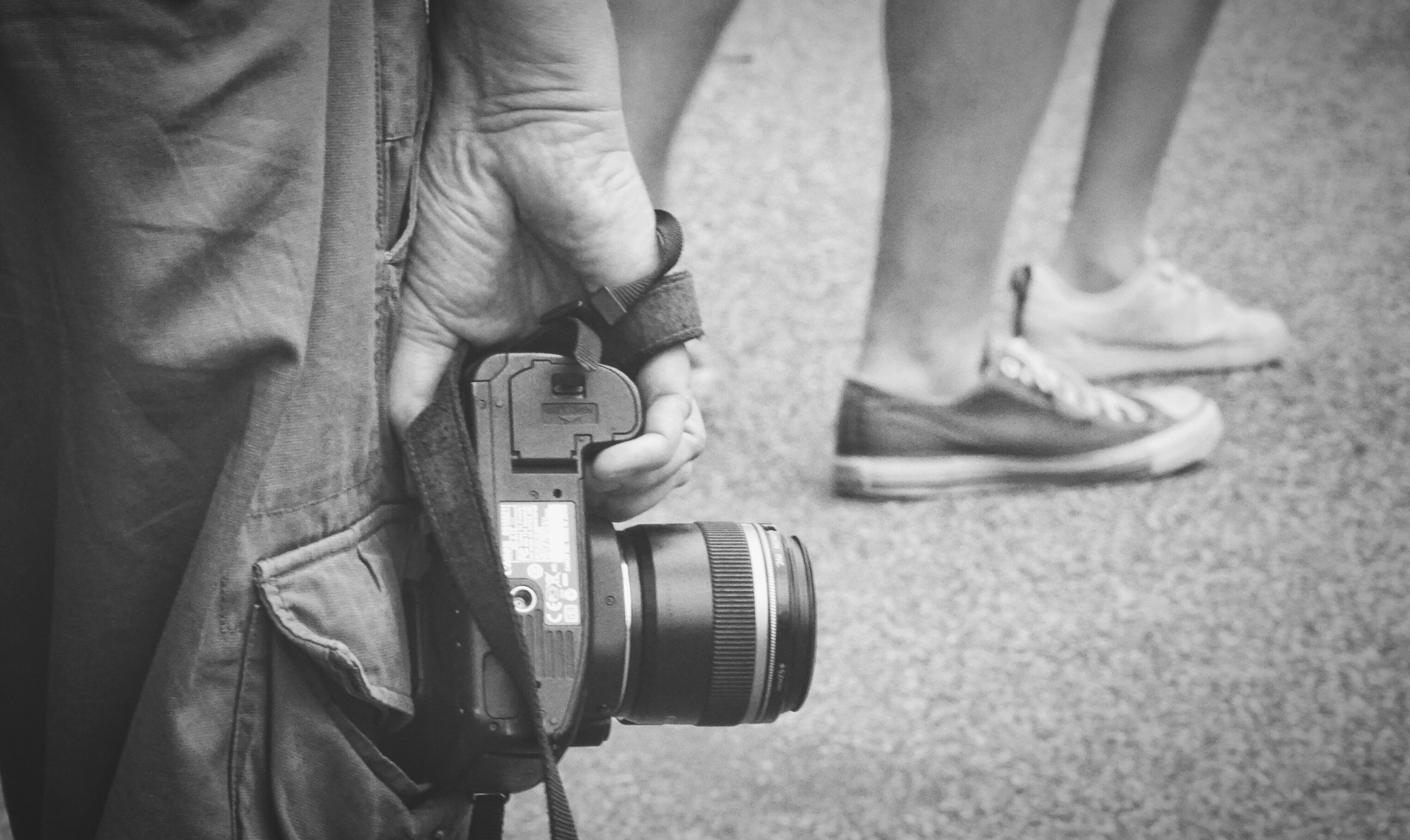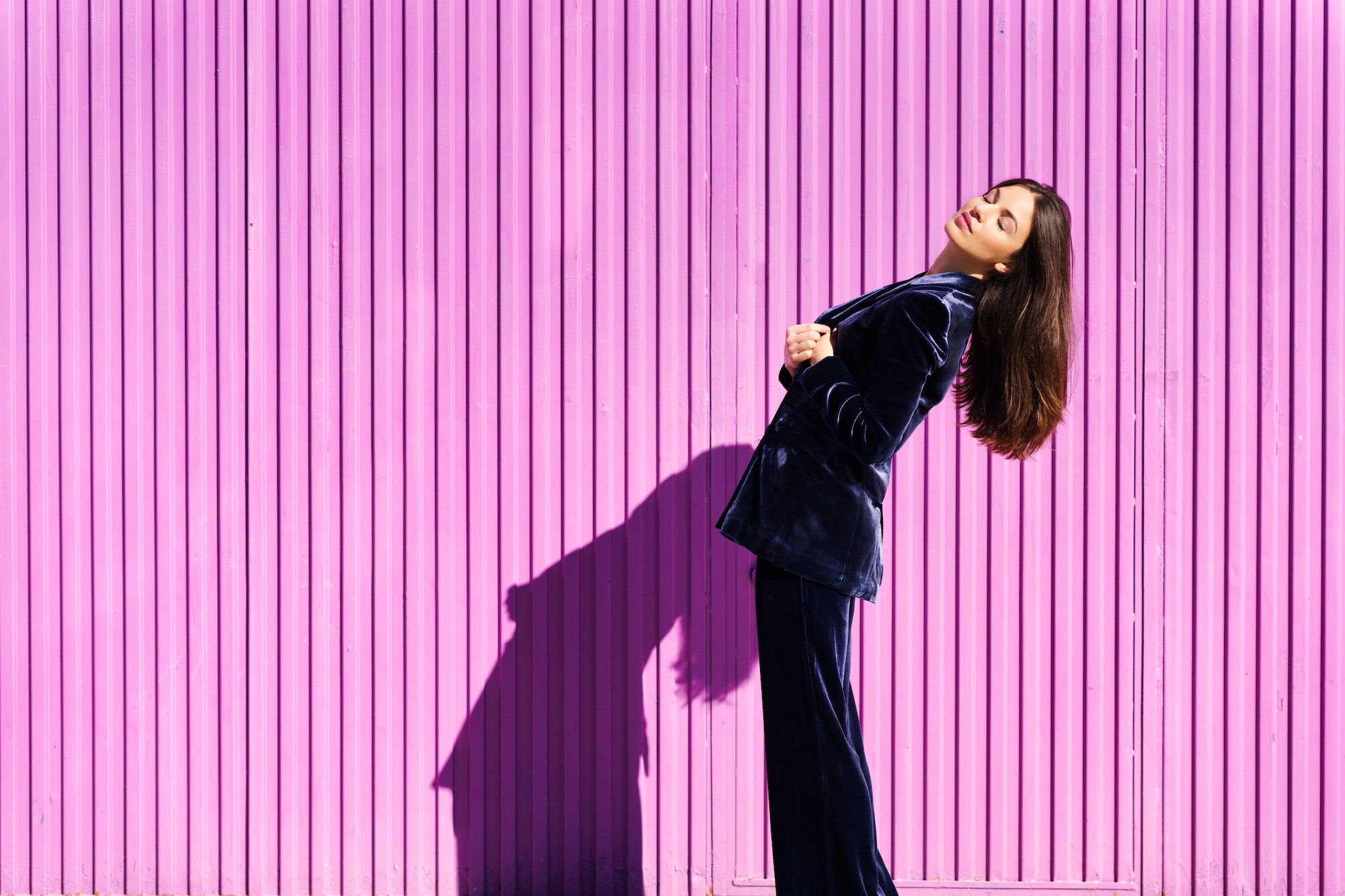
The Allure of Monochrome: Why Street Photography is Often Black and White
Street photography is a genre that captures the raw, unfiltered moments of everyday life. While color photography is vibrant and dynamic, black and white photography has a timeless quality that has made it a favorite among street photographers for decades. But why is street photography often black and white? In this comprehensive guide, we’ll explore the reasons behind the preference for monochrome in street photography, the artistic and technical benefits, and how you can master the art of black and white street photography.
Introduction to Black and White Street Photography
Black and white street photography is an art form that strips away the distractions of color, allowing the viewer to focus on the essence of the image. By removing color, photographers can emphasize shapes, textures, contrasts, and the interplay of light and shadow. This minimalist approach often results in powerful, evocative images that stand the test of time.
The Historical Roots of Black and White Photography
Black and white photography has deep historical roots. Before the advent of color film, all photographs were black and white. Pioneers of street photography like Henri Cartier-Bresson, Robert Frank, and Vivian Maier worked in monochrome, capturing iconic images that have influenced generations of photographers.
Key Points:
- Early Technology: Until the mid-20th century, black and white film was the standard. Even after the introduction of color film, many photographers continued to prefer black and white for its aesthetic qualities.
- Iconic Imagery: Many of the most famous street photographs in history are in black and white, lending a sense of timelessness and authenticity to the genre.
Artistic Reasons for Choosing Black and White
There are several artistic reasons why photographers choose black and white for street photography:
Emphasis on Composition and Form
Without the distraction of color, the viewer’s attention is drawn to the composition, lines, and shapes within the image. This focus on form and structure can create a stronger visual impact.
Key Points:
- Simplicity: Black and white simplifies the scene, allowing the viewer to concentrate on the subject and composition.
- Geometric Patterns: Monochrome photography highlights geometric patterns, leading lines, and shapes that might be overlooked in color.
Mood and Emotion
Black and white images often evoke stronger emotional responses. The absence of color can create a sense of nostalgia, melancholy, or drama, enhancing the storytelling aspect of street photography.
Key Points:
- Timeless Quality: Monochrome images have a timeless quality that can evoke a sense of history and permanence.
- Emotional Depth: The stark contrasts and subtle gradations of black and white can convey deep emotions and moods.
Focus on Light and Shadow
Black and white photography accentuates the play of light and shadow, a fundamental element of any photograph. This focus can create dramatic and compelling images.
Key Points:
- Contrast: High contrast between light and dark areas can add drama and intensity to a photo.
- Texture and Detail: The nuances of light and shadow bring out textures and details that might be subdued in color images.
Technical Advantages of Black and White Photography
Beyond the artistic appeal, black and white photography offers several technical advantages:
Versatility in Lighting Conditions
Black and white photography is more forgiving in various lighting conditions. Harsh sunlight, low light, and mixed lighting can be challenging for color photography but can add character to black and white images.
Key Points:
- High Contrast Scenes: Scenes with high contrast, which might be difficult to balance in color, can look stunning in black and white.
- Low Light Performance: Noise and grain in low light can add to the aesthetic of black and white photos, rather than detract from them.
Simplified Post-Processing
Editing black and white photos can be simpler and more straightforward than editing color images. Adjustments to contrast, brightness, and tonality are often the focus, rather than color balance and saturation.
Key Points:
- Focus on Tonal Range: The primary concern is achieving a pleasing range of tones from pure black to pure white.
- Creative Flexibility: Black and white editing offers creative flexibility to emphasize mood and emotion through tonal adjustments.
How to Capture Stunning Black and White Street Photos
Capturing compelling black and white street photos requires a keen eye for composition, light, and subject matter. Here are some tips to help you master the art:
Pay Attention to Light and Shadow
Look for interesting light patterns, shadows, and high-contrast scenes. The interplay of light and dark is crucial in black and white photography.
Key Points:
- Golden Hour: Early morning and late afternoon light create long shadows and soft highlights.
- Night Photography: Streetlights and neon signs can create dramatic lighting effects in nighttime street photography.
Focus on Composition
Strong composition is essential in black and white photography. Use techniques such as leading lines, symmetry, and the rule of thirds to create visually engaging images.
Key Points:
- Framing: Use natural frames like doorways, windows, and arches to add depth and interest.
- Perspective: Experiment with different angles and perspectives to add variety and impact.
Capture Emotion and Gesture
Expressions, gestures, and interactions between people are powerful subjects in street photography. Black and white can enhance the emotional impact of these moments.
Key Points:
- Candid Moments: Capture unposed, spontaneous interactions to convey authenticity.
- Storytelling: Look for scenes that tell a story or evoke a sense of narrative.
Experiment with Texture and Detail
Textures and details are more prominent in black and white photography. Look for interesting surfaces, patterns, and small details that add richness to your images.
Key Points:
- Close-Ups: Capture close-up shots of textures like brick walls, cobblestone streets, and weathered surfaces.
- Layering: Use layers of texture and detail to create depth and complexity.
Post-Processing Tips for Black and White Photography
Post-processing is a crucial step in creating stunning black and white images. Here are some tips for editing your street photos:
Convert to Black and White
While many cameras offer a black and white shooting mode, converting a color image to black and white in post-processing gives you more control over the final result.
Key Points:
- Non-Destructive Editing: Use software like Adobe Lightroom or Photoshop for non-destructive editing.
- Preserve Detail: Maintain detail and avoid over-processing by carefully adjusting contrast and brightness.
Adjust Contrast and Tonality
Fine-tuning the contrast and tonality of your image can enhance its visual impact.
Key Points:
- Increase Contrast: Boost contrast to create striking, high-impact images.
- Control Highlights and Shadows: Use tools to recover highlights and enhance shadows for a balanced tonal range.
Use Filters and Presets
Applying black and white filters or presets can give your photos a distinct look and feel.
Key Points:
- Custom Presets: Create custom presets that reflect your personal style.
- Selective Adjustments: Use selective adjustments to enhance specific areas of your image.
To End Things
The timeless allure of black and white street photography lies in its ability to capture the essence of a moment without the distraction of color. By focusing on composition, light, and emotion, black and white images can evoke powerful feelings and tell compelling stories. Whether you’re drawn to its historical roots, artistic potential, or technical advantages, mastering black and white street photography can elevate your work and allow you to create striking, memorable images. Embrace the monochrome aesthetic and discover the beauty of the world in shades of gray.


